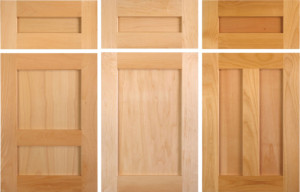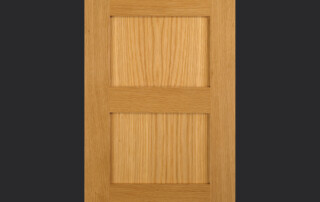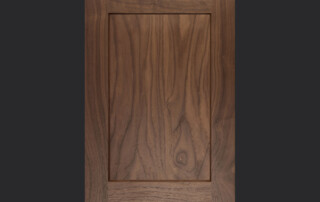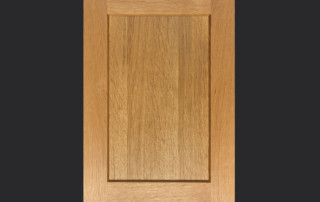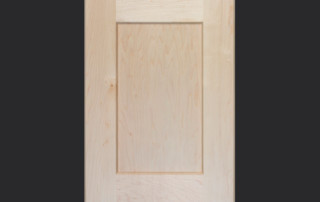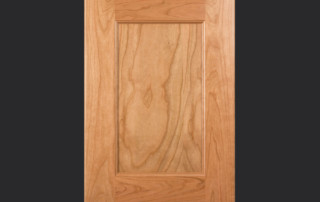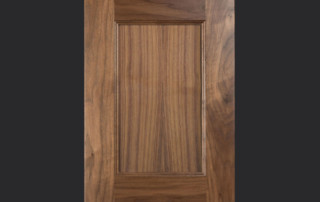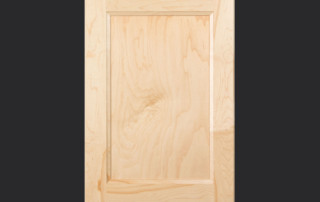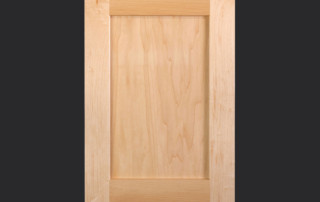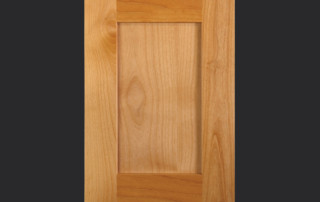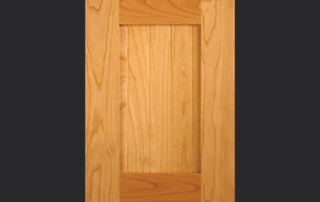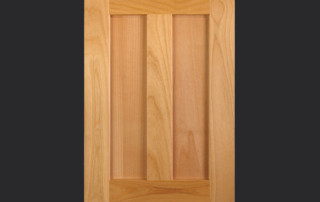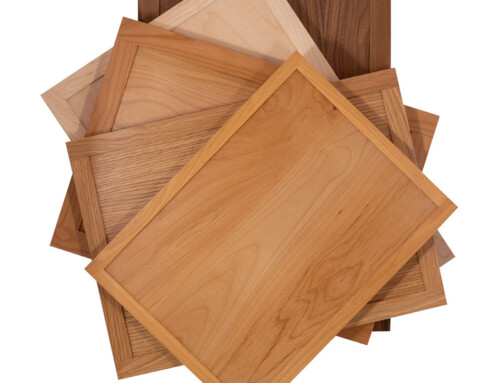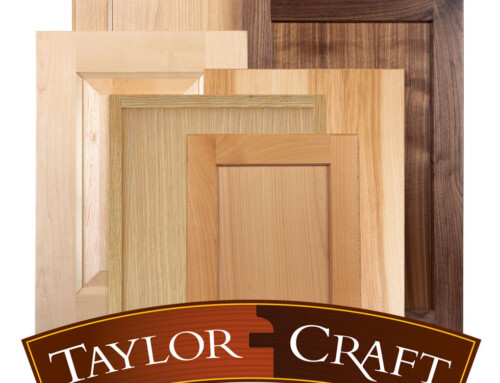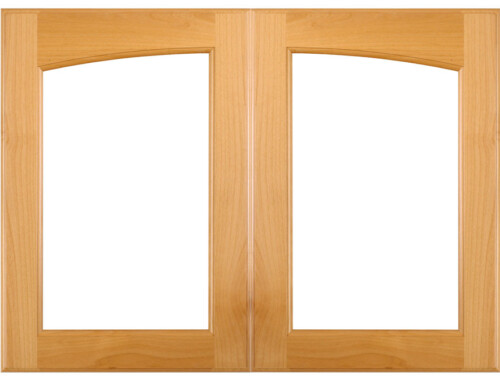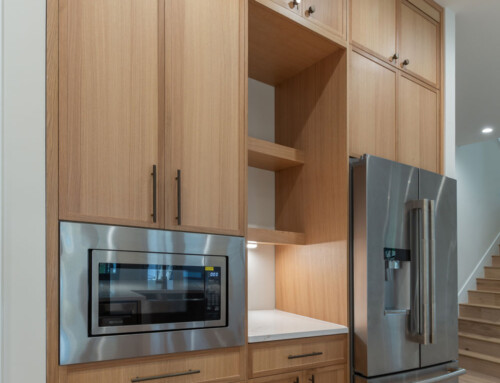Shaker style cabinet doors have been at the top of the kitchen cabinet trends list for what seems like decades and their timeless appeal makes them a low-risk design choice, however we’re starting to see more requests for Shaker alternatives and we have some beautiful recommendations at the end of this article. First a little background Shaker style…
Shaker furniture style came from the Shakers, a religious offshoot of the Quakers founded in the late 1700s. Their guiding principles were utility, simplicity, honesty and rejection of ornamentation as a way of discouraging pride. Even veneered panels weren’t used because it was considered a deceptive practice to cover over a different, less visually appealing material. Shakers were known for their high-quality construction, durability and attention to detail.
The 3 doors in the photo above are classic Shaker-style cabinet doors characterized by square outside and inside edge detail and flat panels. Variations are shown on center rail or stile and different wood species.
In the past decade there has been a move towards minimalism, similar to the Shaker movement, and away from overt shows of excess and ornamentation. While Shaker style has seen a big revival and the simplicity of classic shaker design is still popular, it has been so widely used, for so long, people are telling us they now want something to set their cabinets apart from the masses.
We get asked regularly for recommendations on cabinet door styles similar to shaker but with a little extra detail to make them more unique. Any customization or added detail for the sake of improving the appearance goes against Shaker principles so the doors shown below are not necessarily Shaker doors, but they do provide the desired simple, understated detail.
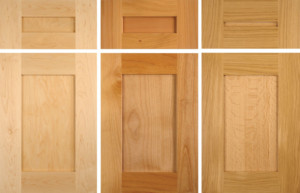
Standard frame size for cope and stick cabinet doors typically falls between 2″ and 2-1/2.” The three shaker-style cabinet doors above have 3-1/8″ wide frames and we’ve seen them made with stiles and rails as wide as 4″. The additional frame width typically adds a little to the door cost and gives the doors a more substantial, updated look.
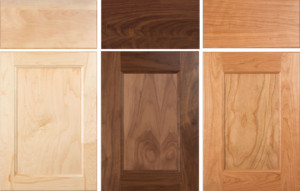
TaylorCraft Cabinet Door Company Shaker-Alternative Inside Edge Detail
Another alternative is to add subtle detail to the inside or outside edge of the frame. Instead of a square inside or outside edge, a slight bevel or step and angled inside edge as shown above, add understated detail.
View our Shaker and Craftsman Cabinet Doors page for shaker style kitchen and cabinet door photos.
Did we miss any Shaker alternatives that are popular in your area? Be sure to share your feedback and comments below.
Heide Osborn
Below are links to some of the popular shaker alternative doors shown above, with profile drawings, cabinet door specifications and links to similar styles.


